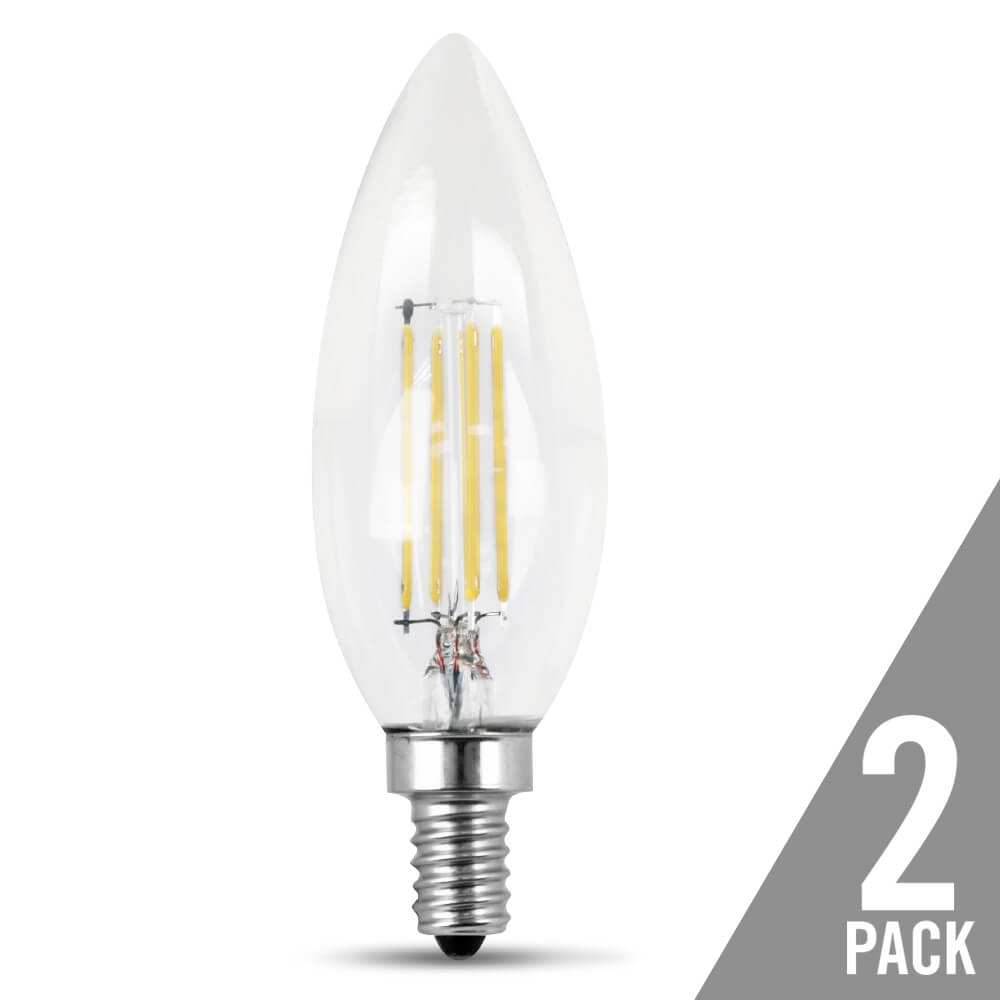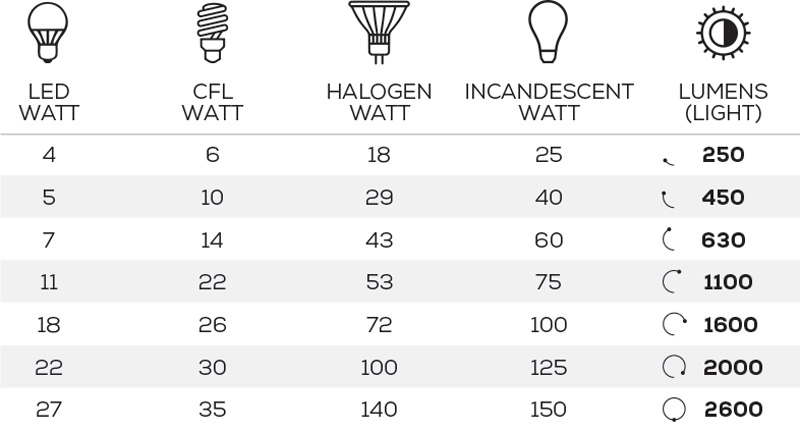
To give you an idea of lumens in practical terms, a typical 60-watt incandescent bulb produces around 800 lumens, while a 100-watt incandescent bulb produces around 1600 lumens. Lumens provide a standardized measurement that allows consumers to make informed choices based on their desired level of brightness. When comparing different types of bulbs, such as incandescent, fluorescent, and LED, it is important to consider lumens rather than wattage. However, with the advent of energy-efficient LED technology, the correlation between watts and brightness has become less relevant. In the past, people would often rely on wattage as a gauge of brightness, assuming that a higher wattage bulb would provide more light. Unlike watts, which measure the amount of power consumed by a bulb, lumens measure the actual output of light.

The higher the number of lumens, the brighter the light.

In simple terms, lumens indicate the brightness of a bulb. Lumens are a unit of measurement used to quantify the amount of light emitted by a light source. So, if you’re curious to learn more about lumens and find out if a 200-watt LED bulb is suitable for your lighting needs, read on! What are Lumens? Specifically, we’ll delve into the question of how many lumens a 200-watt LED bulb produces. In this article, we’ll explore the concept of lumens and how they relate to the wattage of LED bulbs. One of the key factors to consider when choosing an LED bulb is the amount of light it produces, which is measured in lumens. LED bulbs have revolutionized the way we light our homes and businesses, offering a more sustainable and cost-effective alternative to traditional incandescent bulbs.

Welcome to the world of LED lighting, where energy efficiency meets illumination. Factors to Consider When Choosing a Bulb Based on Lumens.Comparing Lumens of Different Wattage Bulbs.


 0 kommentar(er)
0 kommentar(er)
